Can bud unions be planted too deep?
laura242424
12 years ago
Featured Answer
Sort by:Oldest
Comments (21)
karl_bapst_rosenut
12 years agoseil zone 6b MI
12 years agoRelated Professionals
Rancho Palos Verdes Landscape Architects & Landscape Designers · Clermont Landscape Contractors · Wake Forest Landscape Contractors · Centereach Landscape Contractors · Coram Landscape Contractors · Fort Myers Landscape Contractors · Fort Payne Landscape Contractors · Middletown Landscape Contractors · Rochester Landscape Contractors · Salem Landscape Contractors · Sammamish Landscape Contractors · Stallings Landscape Contractors · Weslaco Landscape Contractors · Yukon Landscape Contractors · San Pablo Landscape Contractorslaura242424
12 years agobart_2010
12 years agomichaelg
12 years agoreg_pnw7
12 years agomichaelg
12 years agoseil zone 6b MI
12 years agodlbk
10 years agodublinbay z6 (KS)
10 years agokittymoonbeam
10 years agohenryinct
10 years agohoovb zone 9 sunset 23
10 years agokg69771
6 years agoVaporvac Z6-OhioRiverValley
6 years agokg69771
6 years agoVaporvac Z6-OhioRiverValley
6 years agoSheila z8a Rogue Valley OR
6 years agoflowersaremusic z5 Eastern WA
6 years agolast modified: 6 years agoUser
6 years ago
Related Stories
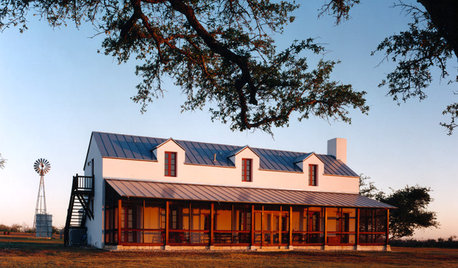
FARMHOUSESHouzz Tour: German Tradition Deep in the Heart of Texas
Rooted in architecture from the 1800s, this award-winning home mixes history with the vernacular of today
Full Story
GARDENING GUIDESGreat Design Plant: Try California Wild Grape for Interest All Year
Sure, it’s stunning in fall. But the spring buds, summer grapes and gnarled winter vines are gorgeous too
Full Story
GARDENING GUIDES10 Tips to Start a Garden — Can-Do Ideas for Beginners
Green up your landscape even if you're short on time, money and knowledge, with these manageable steps for first-time gardeners
Full Story
TREESGreat Design Plant: Southern Magnolia, Iconic U.S. Native
Massive, fragrant blooms and deep green leaves set Magnolia grandiflora apart from other large shade trees
Full Story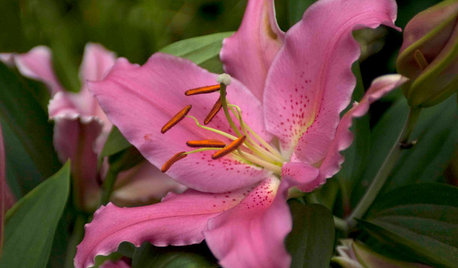
FLOWERSGreat Design Plant: Lilies
Try these delightfully exotic stunners for paintbox colors, deep fragrance and intricately detailed petals
Full Story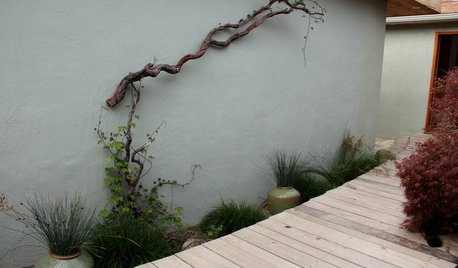
DECORATING GUIDESSee How Wabi-Sabi Can Bring Harmony and Beauty to Your Home
Create your own wabi-style style with beautifully weathered, humble materials around the house
Full Story
DECORATING GUIDESBudget Decorator: 25 Fab Projects With 1 Paint Can
Whether there's only an inch left or your paint can overfloweth, these household painting projects will get your creative juices flowing
Full Story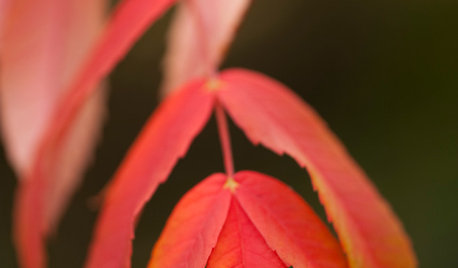
GARDENING GUIDESGreat Design Plant: Rhus Glabra
Smooth sumac provides powerful jolts of fall color and persistent fruit clusters that add interest through the winter
Full Story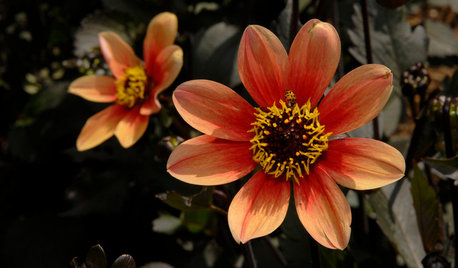
FLOWERSGreat Design Plant: Dahlias
Pick this flamboyant stunner for its amazing array of colors and faces, fast growth and sizes that can fill a pot or a whole garden
Full Story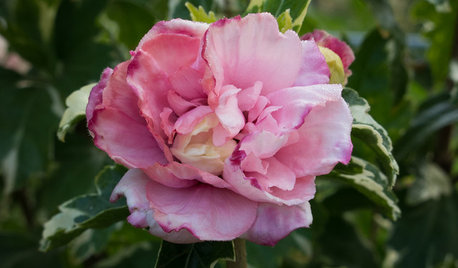
GARDENING GUIDESGreat Design Plant: Hibiscus Syriacus ‘Sugar Tip’
As pretty as a party dress, ‘Sugar Tip’ has layers of pink that catch the eyes of butterflies
Full Story





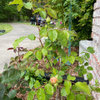
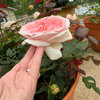
karl_bapst_rosenut